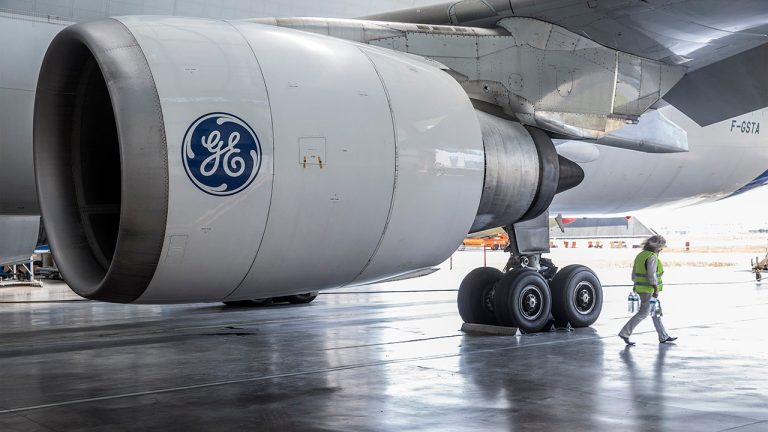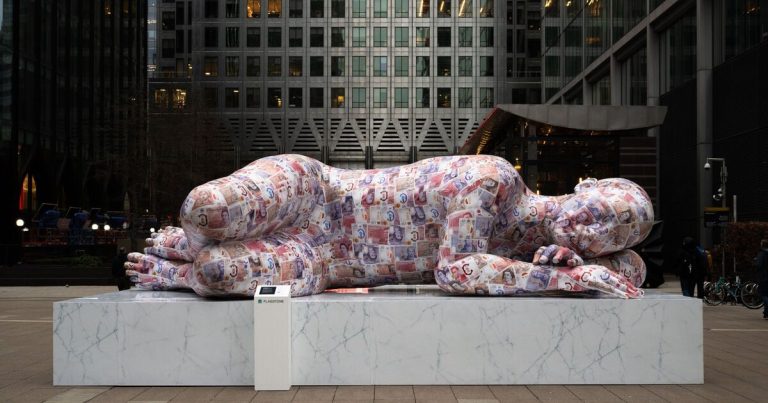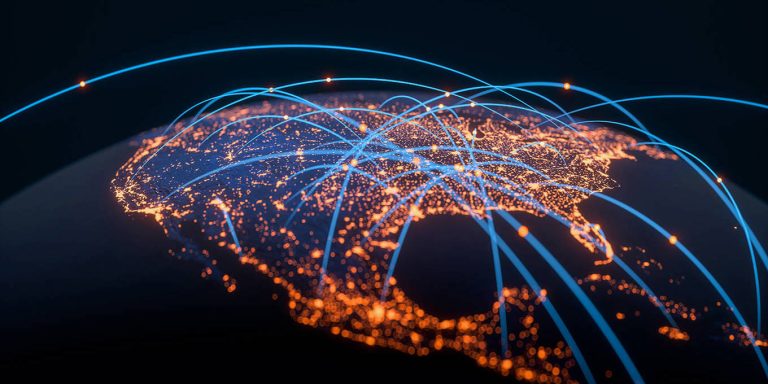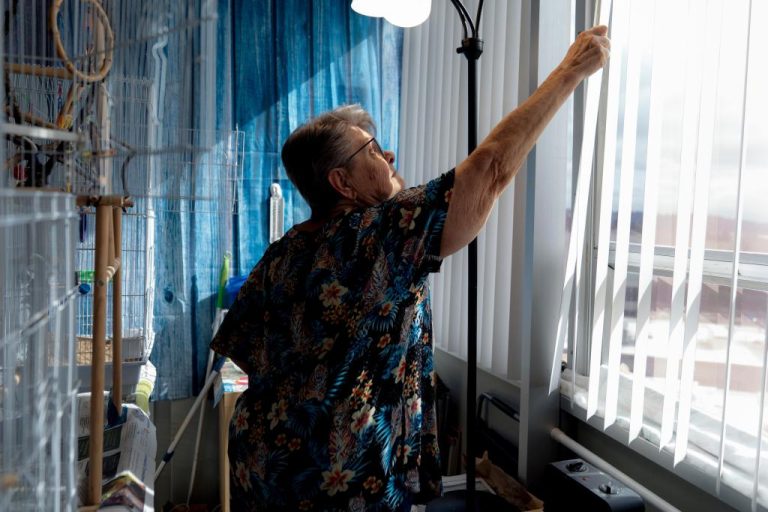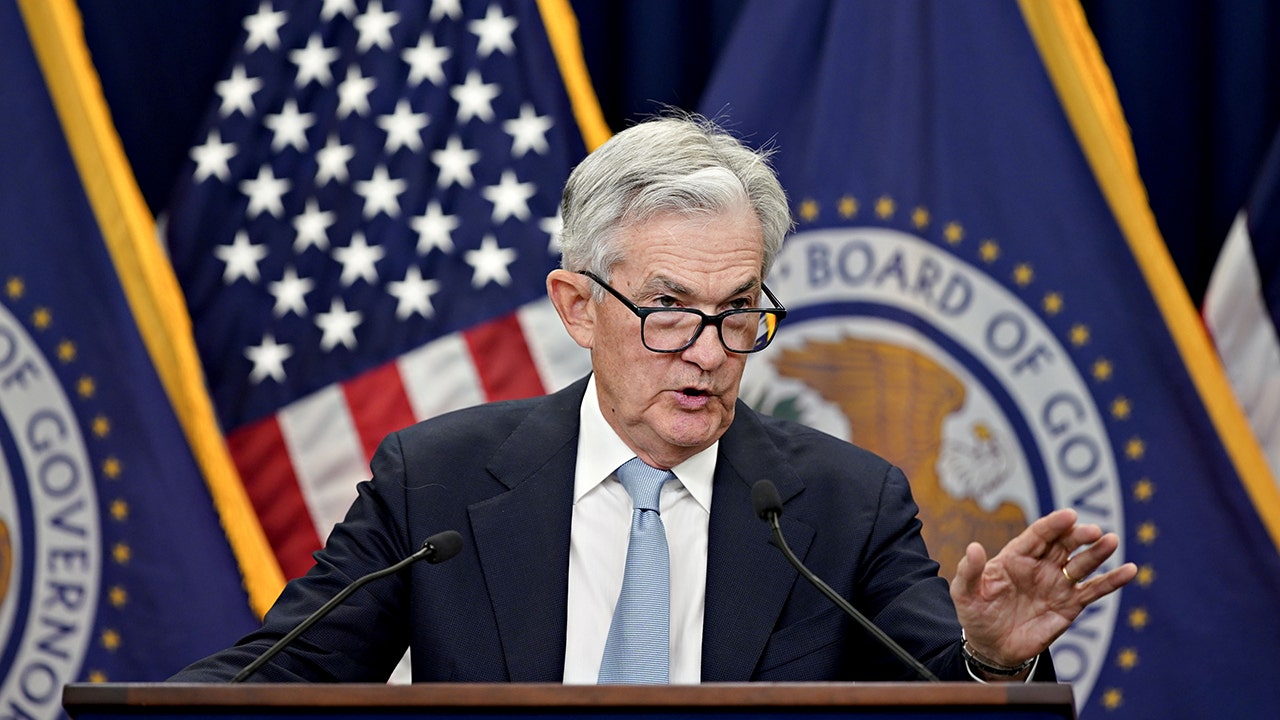
The Federal Reserve chairman speaks to reporters after the central bank left interest rates unchanged.
The Federal Reserve on Wednesday held interest rates steady for the third straight time, signaling that its nearly two-year battle against high inflation may finally be coming to an end as policymakers forecast a series of cuts in 2024.
The widely expected decision left interest rates unchanged at a range of 5.25% to 5.5%, the highest level in 22 years. But policymakers also opened the door to multiple rate cuts next year amid signs the economy is beginning to slow in the face of tighter monetary policy.
New quarterly economic projections laid out after the meeting show that a majority of Fed officials who participated in the meeting expect rates to fall to 4.6% by the end of 2024, suggesting there will be at least three quarter-point rate cuts next year.
In a statement released after the meeting, the policy-setting Federal Open Market Committee acknowledged that “inflation has eased over the past year but remains elevated.”
FED’S FIGHT AGAINST INFLATION IS WEIGHING ON MIDDLE-CLASS AMERICANS
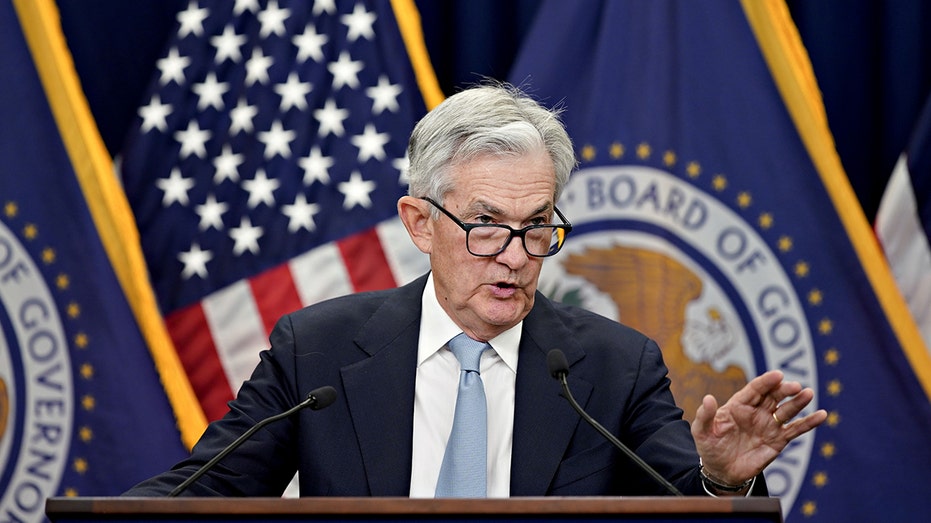
Jerome Powell, chairman of the Federal Reserve, speaks during a news conference following a Federal Open Market Committee meeting in Washington, D.C., on March 22, 2023. (Photographer: Al Drago/Bloomberg via Getty Images / Getty Images)
US ECONOMY ADDS 199,000 JOBS IN NOVEMBER, UNEMPLOYMENT RATE UNEXPECTEDLY FALLS
In the span of just three months, the Fed has made a dramatic change in how it approaches policy, shifting from a higher-for-longer to a higher-for-shorter stance. The long-awaited pivot brings to an end an aggressive tightening campaign that saw policymakers raise interest rates 11 times since March 2022 in the hopes of crushing inflation and cooling the economy.
In the span of just 16 months, interest rates surged from near zero to above 5%, the fastest pace of tightening since the 1980s.
While inflation has cooled considerably in recent months, it remains up 3% compared with the same time a year ago, according to the most recent Labor Department data.
Hiking interest rates tends to create higher rates on consumer and business loans, which then slows the economy by forcing employers to cut back on spending. Higher rates have helped push the average rate on 30-year mortgages above 8% for the first time in decades. Borrowing costs for everything from home equity lines of credit, auto loans and credit cards have also spiked.
GET FOX BUSINESS ON THE GO BY CLICKING HERE
Yet the rapid rise in rates has not stopped consumers from spending or businesses from hiring.
This is a developing story. Please check back for updates.


